Best Shade Perennials For Your Garden
Title: The Best Shade Perennials for Your Garden
Introduction:
Do you have a shady spot in your garden that you're not sure what to do with? If so, you're not alone. Many gardeners struggle with how to make the most of shady areas. But don't worry, there are plenty of shade-loving perennials that can add color, interest, and beauty to your garden.
In this blog post, we'll take a look at some of the best shade perennials for your garden. We'll discuss their different characteristics, such as their size, color, and flowering season. We'll also provide tips on how to care for them.
Main Content:
Here are some of the best shade perennials for your garden:
- Hosta: Hostas are a classic shade perennial. They come in a wide variety of sizes and colors, from small and dainty to large and bold. Hostas are also relatively easy to care for, making them a good choice for beginner gardeners.

- Astilbe: Astilbes are another popular choice for shade gardens. They produce airy, delicate flowers in shades of pink, white, or purple. Astilbes prefer moist soil, so they're a good choice for gardens that receive some rainfall.

- Brunnera: Brunneras are known for their beautiful blue-green leaves. They also produce clusters of white flowers in the spring. Brunneras are relatively low-maintenance, making them a good choice for busy gardeners.
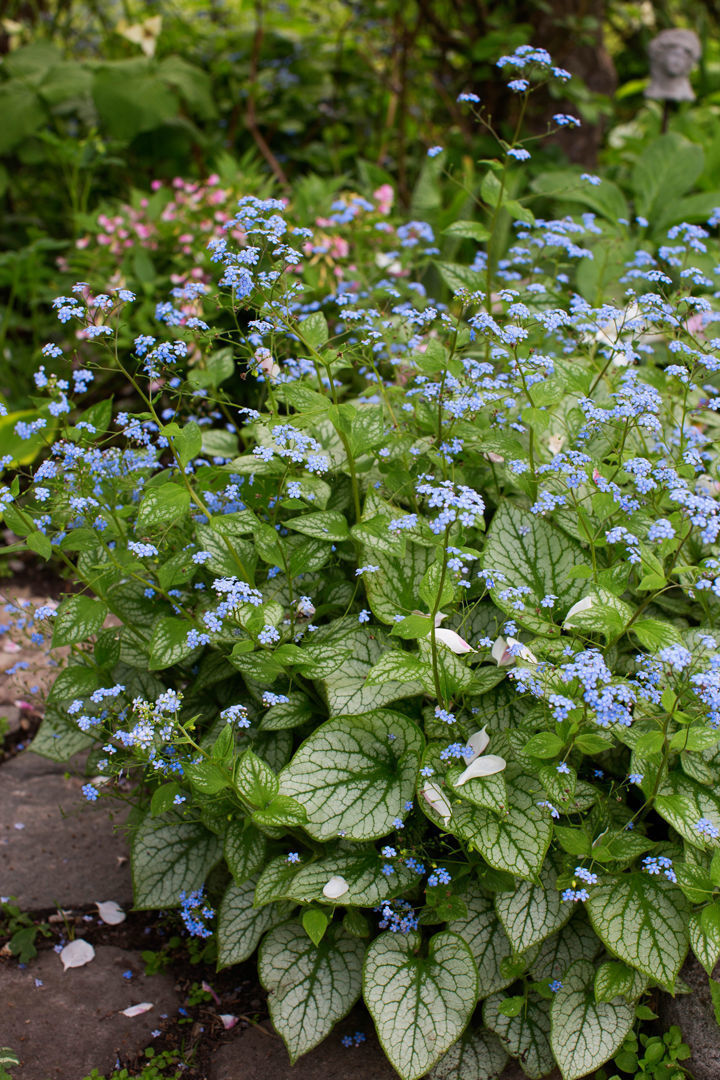
- Coral bells: Coral bells are a great choice for adding color to shady gardens. They come in a variety of colors, including red, pink, orange, and purple. Coral bells are also relatively easy to care for, making them a good choice for beginner gardeners.
- Heuchera: Heucheras are another great choice for adding color to shady gardens. They come in a variety of colors, including green, red, pink, and purple. Heucheras are also relatively easy to care for, making them a good choice for beginner gardeners.
- Lungwort: Lungworts are known for their delicate blue or purple flowers. They also have attractive foliage, which can be variegated or solid in color. Lungworts are relatively easy to care for, making them a good choice for beginner gardeners.
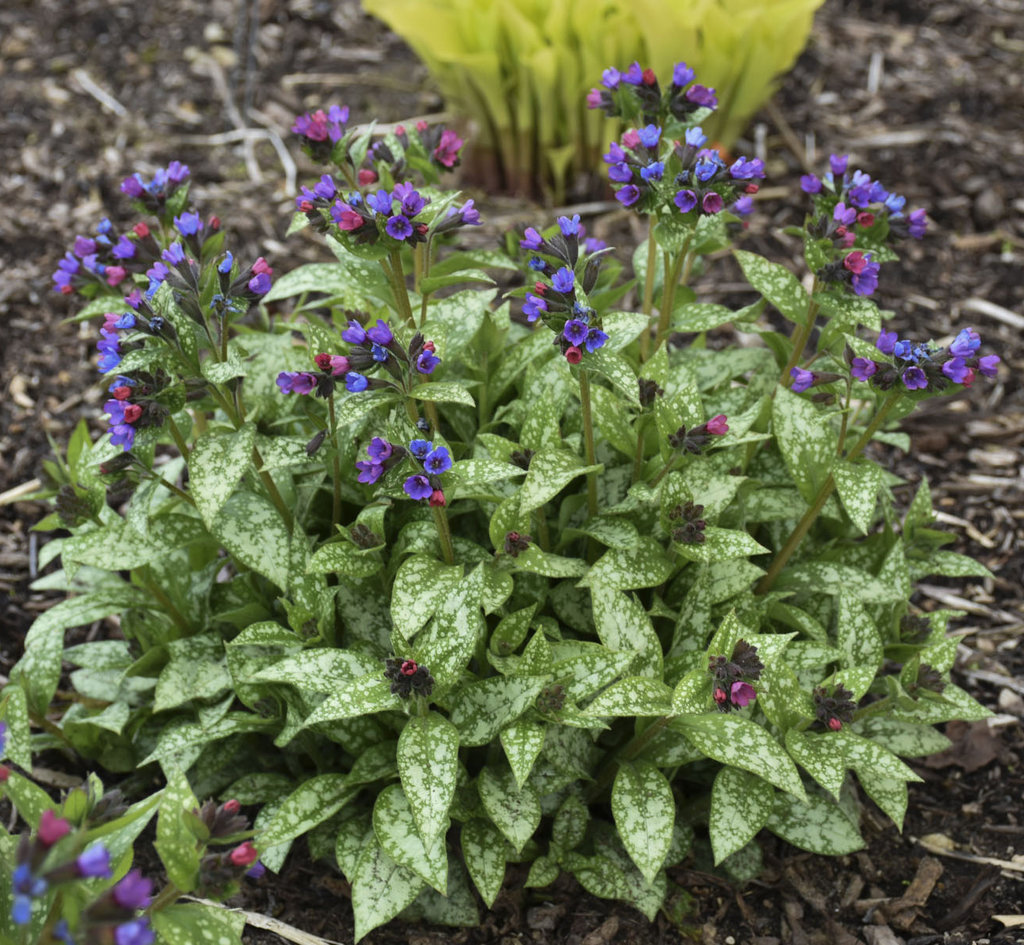
- Pachysandra: Pachysandra is a groundcover plant that is perfect for shady areas. It has dark green leaves that are evergreen in most climates. Pachysandra is relatively low-maintenance, making it a good choice for busy gardeners.
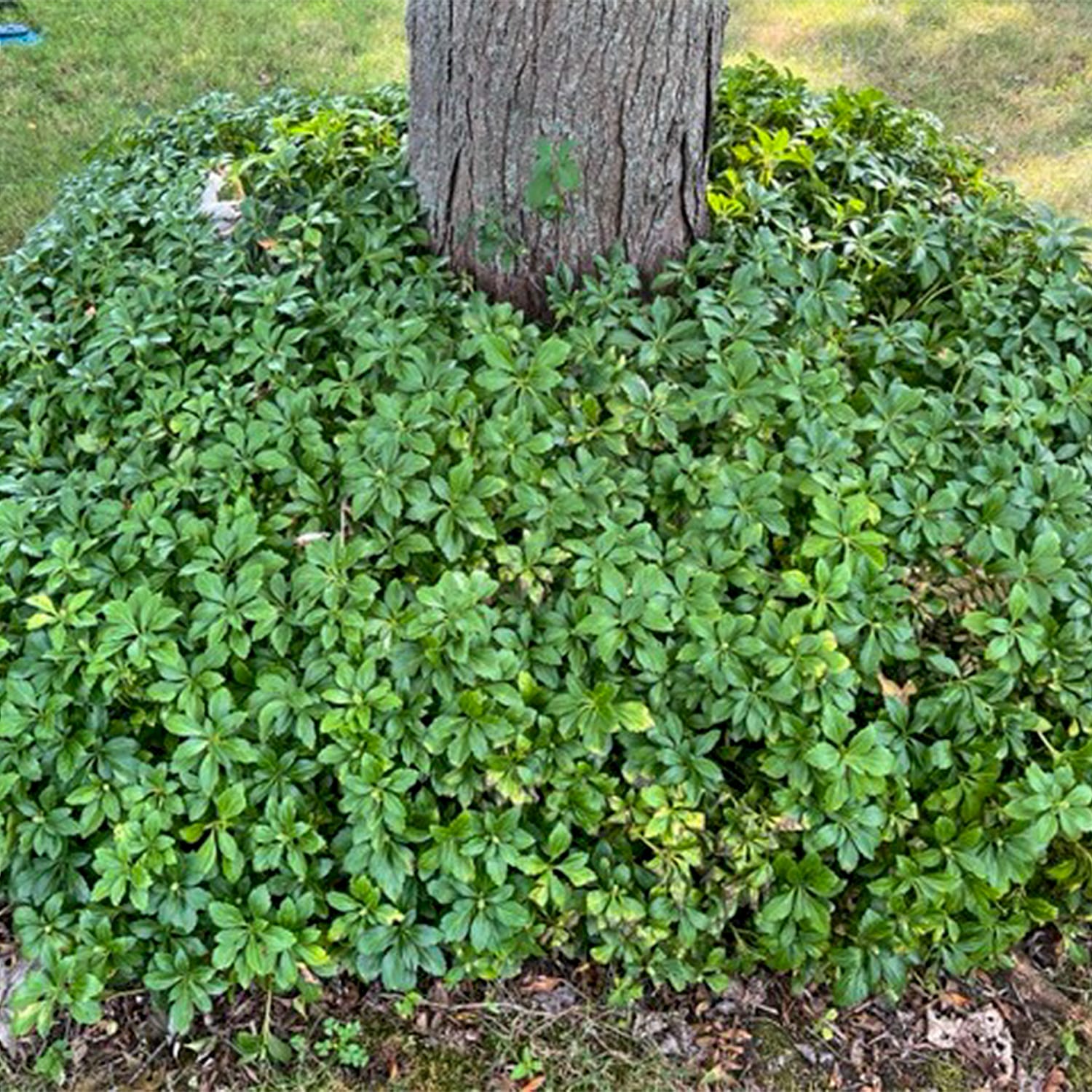
- Virginia creeper: Virginia creeper is a vining plant that can be used to cover walls or fences. It has attractive green leaves that turn red in the fall. Virginia creeper is relatively easy to care for, making it a good choice for beginner gardeners.

- Wood fern: Wood ferns are a type of fern that is perfect for shady areas. They have delicate fronds that add a touch of elegance to any garden. Wood ferns are relatively easy to care for, making them a good choice for beginner gardeners.
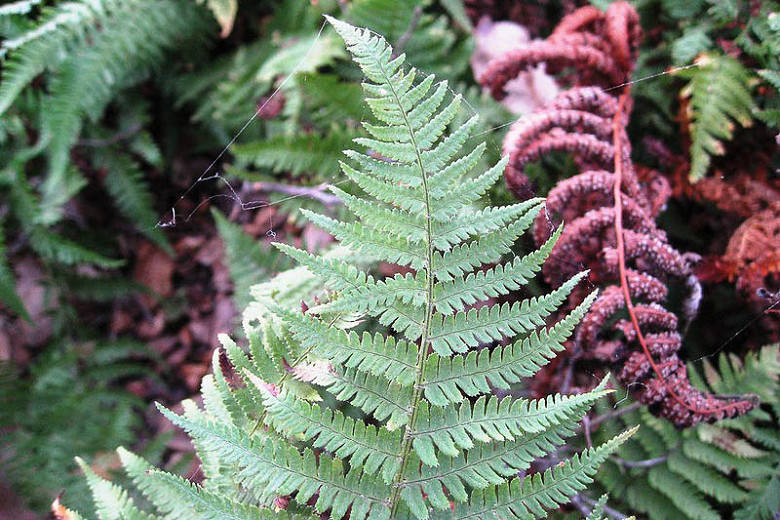
- Wintergreen: Wintergreen is a low-growing evergreen plant that is perfect for shady areas. It has small, round leaves that are bright green in color. Wintergreen is also known for its fragrant flowers, which bloom in the spring. Wintergreen is relatively easy to care for, making it a good choice for beginner gardeners.

Conclusion:
These are just a few of the many great shade perennials that you can choose from. With so many different options available, you're sure to find the perfect plants to add color, interest, and beauty to your shady garden.
Do you have a shady spot in your garden that you're not sure what to do with? Why not add some shade perennials? Shade perennials are plants that thrive in areas that receive less than six hours of direct sunlight per day. They come in a variety of shapes, sizes, and colors, so you can find the perfect ones to add interest and beauty to your shady garden.
To learn more about shade perennials, CLICK HERE: https://www.jacksonandperkins.com/jp-shade-perennials/c/JP-Shade-Perennials/. We have a wide selection of shade perennials to choose from, including ferns, hostas, coral bells, and more. We also offer helpful information on how to care for shade perennials, so you can enjoy them for years to come.
FAQ of shade perennials
- What are shade perennials?
Shade perennials are plants that thrive in areas that receive less than 6 hours of direct sunlight per day. They often have large, lobed leaves that help them capture as much sunlight as possible. Shade perennials can be found in a variety of colors, shapes, and sizes, and they can add beauty and interest to any shady garden.
- What are some of the best shade perennials?
Some of the best shade perennials include:
* Hostas: Hostas are a popular choice for shade gardens because they come in a wide variety of colors and leaf shapes. They are also relatively low-maintenance plants.
* Bleeding heart: Bleeding heart is a delicate plant with heart-shaped flowers that bloom in the spring. It prefers partial shade and moist soil.
* Columbine: Columbine is a tall, graceful plant with blue, white, or pink flowers. It prefers partial shade and well-drained soil.
* Astilbe: Astilbe is a showy plant with feathery blooms that bloom in the summer. It prefers partial shade and moist soil.
* Ferns: Ferns are a classic choice for shade gardens. They come in a variety of shapes and sizes, and they add a touch of elegance to any garden.
- When is the best time to plant shade perennials?
The best time to plant shade perennials is in the fall or spring. Fall planting gives the plants time to establish roots before winter, while spring planting allows the plants to take advantage of the spring rains.
- How do I care for shade perennials?
Shade perennials typically need less water than sun-loving plants. However, they still need to be watered regularly, especially during hot, dry weather. Shade perennials also appreciate a layer of mulch around their roots to help retain moisture and suppress weeds.
- What are some common pests and diseases of shade perennials?
Some common pests and diseases of shade perennials include:
* Aphids: Aphids are small, soft-bodied insects that can suck the sap from plants. They can be controlled with insecticidal soap or neem oil.
* Slugs and snails: Slugs and snails can eat holes in leaves and flowers. They can be controlled with traps, baits, or copper barriers.
* Powdery mildew: Powdery mildew is a fungal disease that causes a white, powdery coating on leaves. It can be controlled with fungicide.
* Rust: Rust is a fungal disease that causes orange or brown spots on leaves. It can be controlled with fungicide.
- How do I propagate shade perennials?
Shade perennials can be propagated by division, seed, or cuttings. Division is the easiest method and involves simply dividing a mature plant into several smaller plants. Seed propagation is a more time-consuming method, but it can be used to grow new plants from seed. Cuttings can be taken from healthy plants and rooted in moist soil.
Image of shade perennials
- Hostas are one of the most popular shade perennials. They come in a wide variety of colors and leaf shapes.
- Hellebores are winter-blooming perennials that come in a variety of colors, including white, pink, and purple.
- Woodland phlox is a low-growing perennial that blooms in shades of blue, pink, and white.
- Autumn fern is a hardy fern that can tolerate a wide range of conditions. It has deep green fronds that turn a coppery color in the fall.
- Barrenwort is a shade-loving perennial that produces clusters of small, white flowers in the spring.
- Virginia bluebells are a native wildflower that blooms in shades of blue and purple in the spring.
- Japanese painted fern is a colorful fern that has fronds with green and yellow stripes.
- Columbine is a wildflower that has drooping flowers with white, pink, or blue petals.
- Primrose is a spring-blooming perennial that has bright yellow flowers.
- Astilbe is a tall, airy perennial that produces clusters of pink, white, or red flowers in the summer.
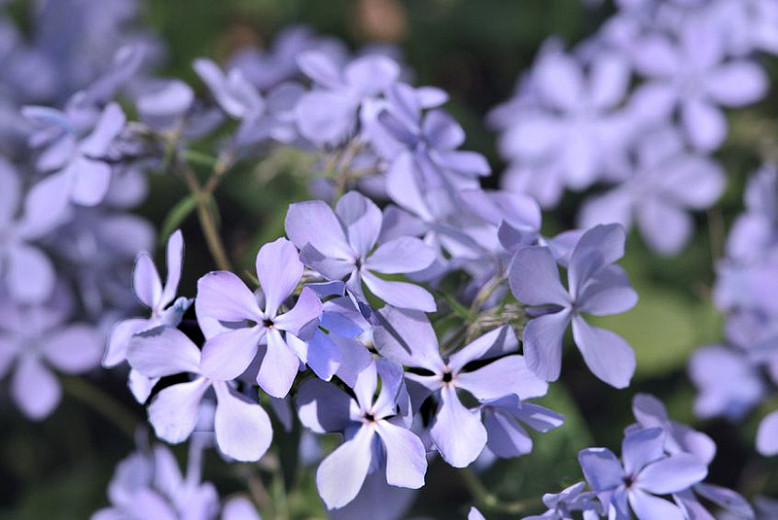
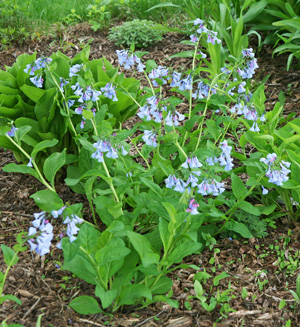

Post a Comment for " Best Shade Perennials For Your Garden"